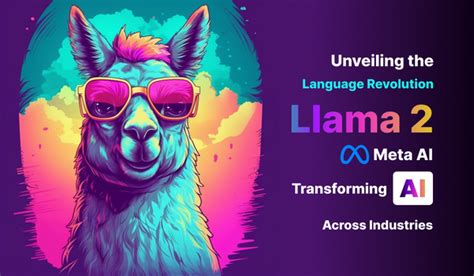The world of typography and artificial intelligence has collided in an unexpected and fascinating way with the introduction of Llama.ttf, a font that isn’t just for visually displaying text but also houses a language learning model (LLM). This intriguing development allows users to chat with their font or generate text, intertwined within the standard operations of font rendering. This convergence of font technology and AI offers a novel perspective on what is possible within the confines of a TrueType Font (TTF). Though this might seem like a niche innovation, the implications and potential applications of embedding an LLM in a font file are extensive and quite astonishing.
One of the most critical aspects behind this innovation is how the TTF formats can include a virtual machine. This addition creates the opportunity to embed complex functionalities like LLMs. By inserting an LLM into the font, one can not only enhance the visual representation but also enable dynamic content generation. However, understanding how this works requires a deep dive into technical tools such as Harfbuzz—the font shaping library that utilizes WebAssembly (WASM) for shaping. These capabilities enable the fonts to go beyond the static function of rendering text to dynamic, interactive entities capable of performing operations typically reserved for more extensive software environments.
There are security concerns surrounding the adoption of such advanced features in fonts. As discussed in the community, the possibility of fonts containing arbitrary code execution—the potential for the font shaping process to mislead users—raises several red flags. Critics point out that adding WASM shapers to fonts can greatly increase complexity and expose systems to new attack vectors. A typical example brought up was the risk where text could visually display something different from the actual text content, leading to significant social engineering and phishing risks. This deception is possible through the execution of the WASM code embedded in the font, making it crucial to address these vulnerabilities before widespread adoption.
Interestingly, these advancements also prompt a nostalgic recollection of similar innovative ventures. For example, integrating Tetris into a font was once a hacker’s endeavor, now taking a leap forward by embedding an entire LLM within the font file. Alongside this marvel, there is an appreciation for innovators like Posy and other esoteric software engineers who continually push the boundaries of conventional software. Channels such as Tom7 and Paralogical have shown captivating applications of integrating seemingly unrelated disciplines into one coherent and often mesmerizing experience. These innovations remind us of the untapped potential and versatility residing in even the most mundane aspects of technology—such as fonts.
Utilizing code snippets, the practical aspects of experimenting with Llama.ttf become apparent. Here’s a simple example of integrating Llama.ttf in a web page setup, allowing users to embed the font directly into their web projects:
Hello, World!
The text above is generated by the LLM embedded in the Llama font!
However, it must be noted that this demonstration would only function if the browser supports WASM shaping capabilities, a feature that is currently experimental and not enabled by default. Consequently, there remains a technical barrier for general users to experience the true potential of Llama.ttf without getting into the nitty-gritty of enabling experimental features and compiling custom builds of Harfbuzz.
The journey ahead for innovations like Llama.ttf is undeniably thrilling but equally daunting. It represents a frontier where creativity meets technical challenges, from ensuring security to managing complexity and usability. The broader implications for UI/UX design, automated workflows, and even mundane tasks such as PDF generation are profound. As these technologies mature, they will require robust frameworks for security protocols, a deep understanding of user interactions, and an acknowledgment of the potential for an enriched user experience that dynamically responds to user input—all embedded within the simple confines of a font file.


Leave a Reply